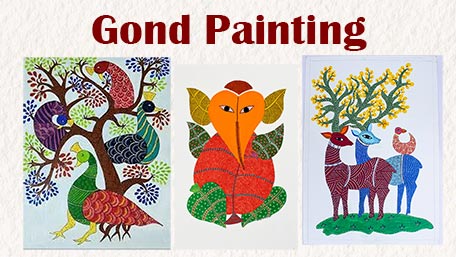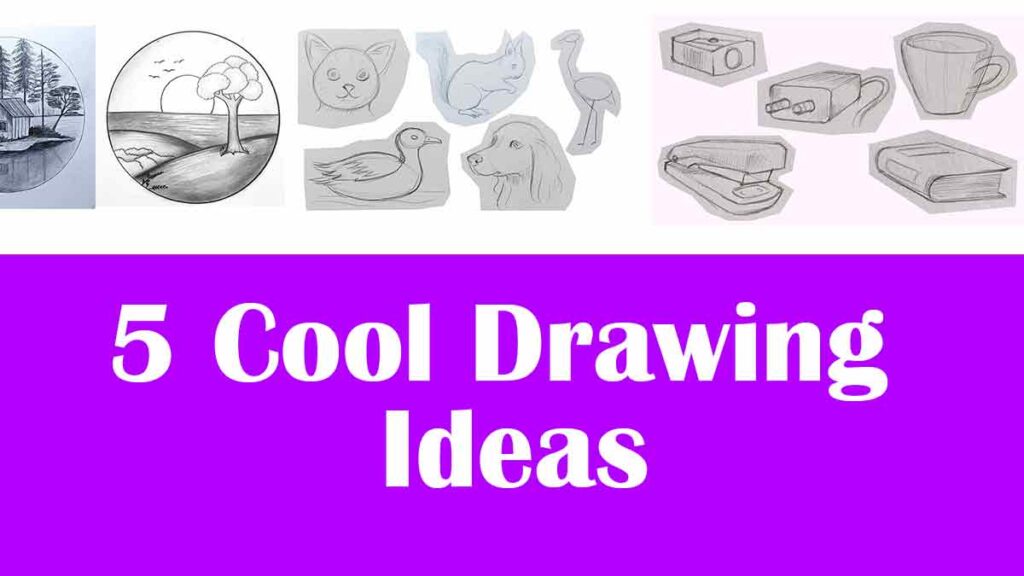Indian folk art painting is a rich cultural in art history, the tapestry is known as a fabric and traditional way to show the arts and their forms deeply spread in the traditions rituals and beliefs of various traditions across the Indian States. This traditional art form comes from the old times and is passed down through the generations, It has become a simplicity in artistic forms the more vibrant colours and the Deep symbolisation used in this art form, not only reflect on creativity and expressions of the people but also reach the various mediums and concept to their to document mix the legends and festivals of daily life, in this blog you explore the that traditional and speciality of the world the Indian folk art painting highlighting the various art forms, in history and presence the characteristics and culture significance in the Indian folk art paintings.
Table of Contents
What is Indian Folk Art Painting?
The Indian folk art paintings compiled into a regional art style that has come out organically over centuries, Unlike using any classical arts which are completely associated with formal traditional training,
Folk art more quickly spontaneously becomes a traditional art form, and the local communities in the Indian states practise these forms. These paintings are often created using natural materials only. The subjects are completely inspired by nature, mythology, and spirituality and inspired by our daily lives.
Popular Forms of Indian Folk Art Painting
1. Madhubani Painting (Bihar)

Indian Folk Art Painting most famous Madhubani is also known as a Mithila painting. It originated from the Hindi Mithila region of the Bihar state, and traditionally, women painted this on the surface of the wall and their homes to celebrate events like weddings or traditional festivals. Over time, it has also been converted into paper and Canvas.
- Characteristics: this traditional art uses bright colours and interesting patterns while using motifs like flower patterns birds and God symbols
- Materials: in this traditional art the materials used it’s come from natural turmeric and Indigo charcoal pigments are using
- Themes: in Madhubani paintings mainly depictions of Hindu gods and Krishna Ram and the nature elements and wedding rituals and festivals
Madhubani paintings are mostly popular in textiles and home decor products in the world wild and also come in geometric patterns nature-inspired designs and a lot more
For More About check Madhubani Painting
2. Warli Painting (Maharashtra)

Warli paintings are a very old tribal traditional painting practising by the Warli community in India the state of Maharashtra, Indian Folk Art Painting Warli art form uses simple and minimalistic lines to express their festivals and rituals and depict the colours they use mostly their draw rural people and their lives with minimalistic shapes and basic forms like lines and geometric shapes used in Warli painting.
- Characteristics: in Warli’s paintings you can see mostly geometric figures such as circles, triangles and squares shaped by representing peoples and animals and the nature scenes mostly use geometrical shapes and single-color
- Materials: white rice pasto technique painted on natural mud and cow dunk courted ball we can see this cow dung and mud walls in rural areas in Thanda villages
- Themes: daily activities and farming since the community rituals scenes such as wedding celebrations harvest celebrations and festival scenes.
The Warli art shows the harmony between humans and nature and the scenes are arranged in a circular pattern symbolising the life cycles of the humans and cultures in the rural areas and thunders in India
For More About check Warli Painting
3. Pattachitra (Odisha and West Bengal)

Pattachitra means a painting on a cloth also called cloth painting, A traditional art form belonging to Odisha and West Bengal it is known as the narrative style of painting depiction of mythological stories and rituals traditional on scrolls.
- Characteristics: the bold lines floral borders and the colour is a vibrant palette inspired by nature
- Materials: cloth Canvas used with the tamarind paste and the surface with the colours of the minerals like plan please colour stones
- Theme: Stories from the history of Ramayana Mahabharata, and the story of lord Jagannath.
These paintings not only look wonderful but also it’s like act as visual pictures, that Indian Folk Art Painting are scriptures and the passion down in the religious culture and it is from generation to generation
For More About check Pattachitra
4. Kalamkari (Andhra Pradesh and Telangana)

Kalamkari is an ancient artwork that mainly shows pen work on a fabric surface is called Kalam means the pen and kari means craft this art is hand painted and block printed on textiles aesthetically.
- Characteristics: the complex line artwork with natural colours on the depictions of myth and stories with flora and fauna,
- Materials: cotton fabric and bamboo stick pens with colours taken from plants and minerals like natural resources colours,
- Theme: the Hindu epics and seems from nature like episodes on many surfaces,
Kalamkari art is also used in saree designs and the depict and wall hangings reflecting both artistic skills and storytelling of the Epic history of the Hindu rituals and religions.
For More About check Kalamkari
5. Gond Painting (Madhya Pradesh)

Gond paintings belong to the Gond tribes in Madhya Pradesh and are the connections to nature with gonds these paintings are used in vibrant colours and colours are in dotted patterns showing in the art form
- Characteristics: the animals and human figures are filled with dot lines in a respectful manner
- Materials: the colours are made from the soils and the natural resources and charcoals leaves and stones
- Themes: nature rural art local duties the ritual peoples mainly performing the folk arts
Gone paintings our known for the spiritual significance that symbolising the interconnection of life and nature
For More About check Gond paintings
6. Phad Painting (Rajasthan)

Pahad paintings are a traditional art from the Rajasthan state this art is created on long clothes scrolls to narrate the stories that happened in local traditions fog deities
- Characteristics: the bright colours narratives storytelling and continuous sense-like scroll on a single Canvas service
- Materials: handloom clothes and handwoven clothes with natural pigment brushes made from animal hair
- Themes: hero style the story of local duties like Bapuji and Devnarayan
These scroll paintings are used in religious functions and ceremonies where the priest sings the stories by using this Indian Folk Art Painting in a traditional way
For More About check Pahad paintings
7. Tanjore Painting (Tamil Nadu)

Tanjore painting is a classical art form in South India for traditions with a single detailed work no further the wonderful creations this pending are extremely detailed, telling in the religious devotionals.
- Characteristics: using gold colour foil and the semi-precious stone with a large board image of deities,
- Materials wooden panels are gold colour leaves or different Canvas and brightened vibrant colours.
- Themes: Hindu gods and goddesses like Lakshmi Ganesha Shiva Krishna, etc,
Tanjore painting shows the elegance of the temple styles and the homes displayed in this painting.
For More About check Tanjore’s painting
Why is Indian Folk Art Painting Important
1. Preservation of Culture and Tradition
The Heritage of various communities’ folk art paintings is important for Indian history and then their communities’ desert forms play a very important role in preserving for the future the myths legends regional stories and actings visual records of Indian history.
2. Eco-Friendly Art Practices
Most of the folk art paintings in history use natural colours like plan best colours rice paste and handmade paper this eco-friendly approach highlights the sustainable practice in the history of India and makes them relevant in modern times to inspire this generation.
3. Employment and Empowerment
The Indian folk arts provide opportunities to artists in rural areas many art forms are focused on promoting art forms empowerment to the artist especially women to become financially independent and work together with the traditional Indian art.
Conclusion
Indian folk art paintings are more than expressions of living tradition that connect the past with the present days each art style reflects the different cultures and believes their regions the masterpieces from their rich heritage of India with its eco-friendly practice colourful aesthetic art forms and the Deep symbolisation of the Indian folk arts remain the relevant and the more informative in the Modern Times
We are already exploring globalisation and the support from different regions around the globe this traditional format at home promotes the appreciation of Indian folk art we can clearly say that the remarkable valuable culture continues to inspire future generations not only Indians but also from various countries who are believed in the Indian folk paintings culture,
Indian folk art paintings not only the decoration walls and the fabric but also carry the soul of the Indian culture indicating the patterns of the Madhubani to the minimal line of warli paintings both form has a unique story tell the stories described the celebration of this wonderful remarkable culture in India



